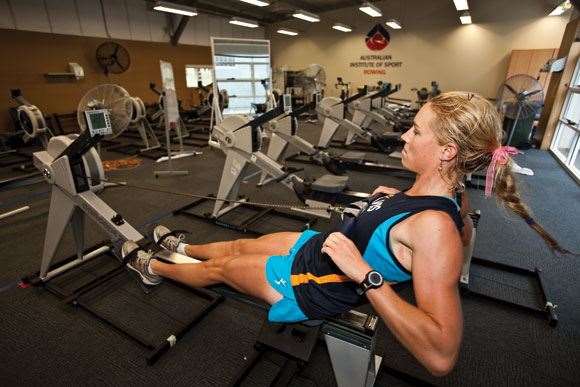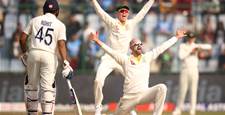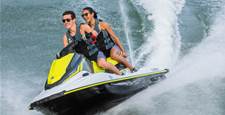Yep, we still have the world’s most determined athletes ‒ and the best metaphor-producing rowers going around.
 Photos By Warren Clarke
Photos By Warren ClarkeSTROKE, STROKE
“Rowing is one of those sports where we could sit and talk technique all day. We spend a lot of time with biomechanics dissecting force curves, watching videos frame by frame ... But the essence of the stroke is to get the blade in the water as far forward as you can; you want the longest possible stroke. We call that spot the catch; where the blade ‘catches’ the water. You want your catches to be clean and long.
“Then you have the drive phase of the stroke. That’s when the oar is in the water; when you’re applying all your force. You want to make sure your force is being applied evenly and not up and down. You want your blade tracking flat.
“Then you have the finish of the stroke, where you pull the blade out of the water. You want that to be as clean as possible. That’s where you get a lot of your boat run. The final part is the recovery, where you’re taking your blades back out to the catch. You want to make sure your blades are clearing the water.”
WATER WORLD
“A typical training row for us would be two hours. As rowers, we get through a lot of work; I think people are surprised at that, seeing as though the actual race time is just six minutes! It’s such a technical sport. There’s such an emphasis on being able to row really well and really efficiently. The best way to learn how to do that is by rowing lots of kays. We go out there and we do various drills, a lot of steady rowing, trying to implement the changes we want to be able to take into major racing meets.
“We do a lot of blade drills; practising how we might be taking the blade out of the water. We might do a double-square drill, where instead of feathering the blade once before putting it in the water, we might feather it twice. We’ll do that to practise what our hands are doing, and to practise our timing as well. We might do other drills, where we’ll slap the blade on the water before we put it in the water; that’s to practise the crew’s timing and our handling around the catch. There are a number of drills we do just to work on very minute segments of the stroke. Often we’ll go out for a row, do a session, come in, watch some video of the session and identify different parts of the stroke that may not be entirely in time or as efficient as possible. Then we’ll go out for another row and work on a particular drill that might help fix that component of the stroke, and start incorporating that.”
GET SET … ROW
“Our start sessions at training get everyone excited. We all love going out there and lining up and starting against each other. At the moment, we have a session on a Wednesday where we do six two-minute pieces, which is pretty much just lining up, side by side, going as fast as we can for two minutes. It’s great fun – just enjoying the buzz you get from racing.”
Related Articles

Sydney rower heading across the Atlantic

Molenaar's giving back to the sport she loves













